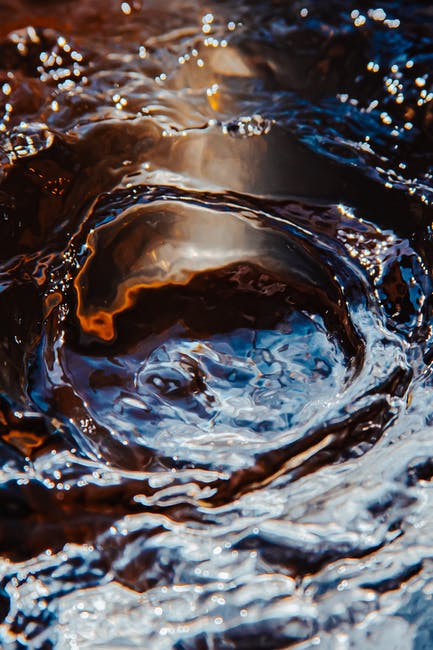Your pool is your oasis in the backyard, your little piece of heaven and respite from the brutal Texas heat. But pools require maintenance. To keep your pool running safely, you need to understand pool water testing.
Pool water testing keeps many people away from installing a pool. They think the task sounds too complicated.
But it’s not. Pool water testing takes a few basic steps and a little know-how. Keep reading to learn how to test your pool water and why this little task matters so much.
Why Conduct Pool Water Testing
When you first have your pool installed, your pool service company will teach you how to test the chemical levels in your pool. Think of your pool less like a pond or an oasis. Instead, consider it, at that moment, more like a chemistry experiment.
You have the job of putting the right amount of each chemical into the pool to keep the pH levels at optimal levels. At the right pH level, your water will keep the bacteria that can gather and make you sick. However, failing to keep your pool water chemicals at the right level can cause illness.
Testing the water shows you how the invisible chemicals are working or not working in your water.
Testing will take a few minutes but will save you the worry of wondering if your pool water is safe or not. It will also save you the hassle of cleaning and water changing.
When and How Often to Test Your Pool
At a minimum, you should test your pool once a month. If you don’t feel comfortable testing your own pool water, you can always schedule a pool maintenance company to come in monthly and test the water.
If you have the time and want to prevent bigger problems, plan on testing the water weekly. You should also test the water whenever you have an event that will potentially disturb the pH balance such as the following occurrences:
- After large groups of people use the pool
- After the weather changes
- After you add water
- After big rainstorms disturb the water
- When you notice a color or quality change in the water
- Before you shut the pool down for the season
While you can test pool water quality basics such as chlorine, alkalinity, and pH levels, a professional pool company will give you a more thorough test. They can test for iron, copper, and calcium as well as salt and phosphates. If you suspect a bigger problem than just the basics you test for, call in the professionals to test your water.
How to Test Pool Water
When testing pool water, you will need a clean sample. If possible, your sample should come from the middle of your pool. Do not take a sample near return jets or the pool skimmer opening.
Use a clean cup to take the sample. Then, hold it upside down with the opening facing the bottom of the pool. Dip the cup into the water elbow-deep, turn the cup up, and pull the cup to the surface to collect your sample.
Once you’ve collected your sample, you have a couple of testing options. You can use test strips or a liquid testing kit.
Test Strips
Test strips are one of the simplest and fool-proof methods for testing pool water. They also typically cost less initially than a liquid kit.
On the downside, you will need to purchase more strips before you have to purchase more liquids for your liquid test. In the end, the two methods cost about the same. Here’s how you use them:
- Collect a water sample as explained above.
- Dip your strip into your sample with a quick in and out motion.
- Let your strip airdry for 15 seconds
- Compare the strip color to the colors on your package, and match up the colors.
- Adjust your chemicals
It’s that easy. When you test with test strips, you know without a doubt if your water is safe within 15 seconds of testing water. There’s also less room for human error with test strips.
Liquid Test
To conduct a liquid test, you need a basic liquid test kit. The kit should include OTO and phenol red so you can test your pH and your chlorine. Here’s how to use the kit:
- Collect your water sample as in the receptacle provided in the test kit.
- Add the appropriate number of phenol red drops to the water on the pH side of the receptacle.
- Add the appropriate number of drops of OTO to the water on the chlorine side of the receptacle.
- Collect a water sample in the collector provided in the test kit.
- Hold the receptacle up to a white background to compare the colors of the water to the colors on the collector.
Redder water means you have high pH levels, and yellower water means you have higher chlorine levels. If you have faint colors, then your levels are low. The instructions on the liquid test kit will tell you how to respond to the color levels.
Call in the Pros
If water testing still sounds complicated, you can always call in a professional from a local pool store to test your water. The pros will be able to test your water for more than pH and chlorine and thus ensure you have optimal levels for swimming and just plain old relaxing in your pool.
Test the Waters Today
Your little piece of heaven comes with a small amount of responsibility. You can conduct your own pool water testing regularly to ensure that your oasis stays peaceful and healthy.
If you’re looking for a pool expert, contact us. We offer top-of-the-line service and products. Our custom pool builders will help build and maintain the paradise you want in your backyard.
Take time to peruse our gallery of pools today or just give us a call if you need pool maintenance and service.




